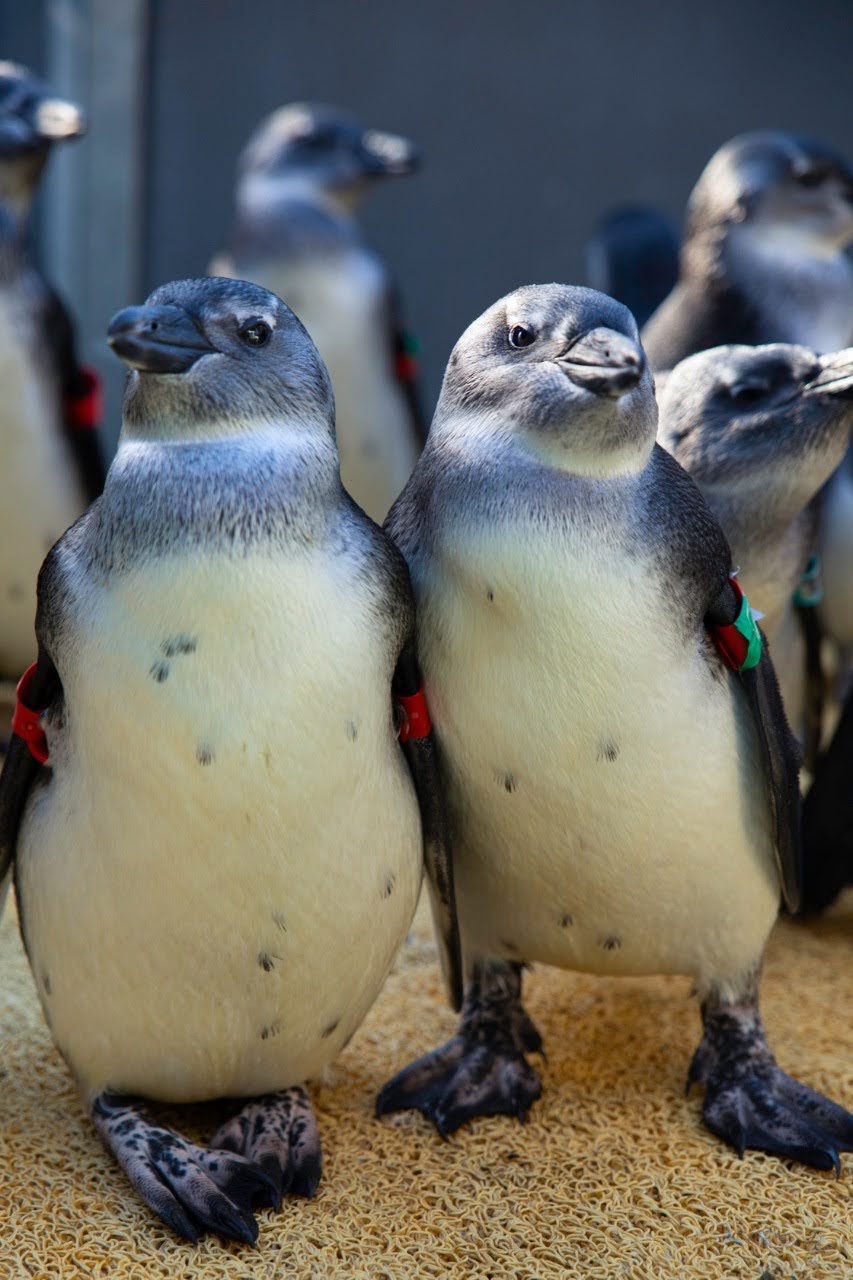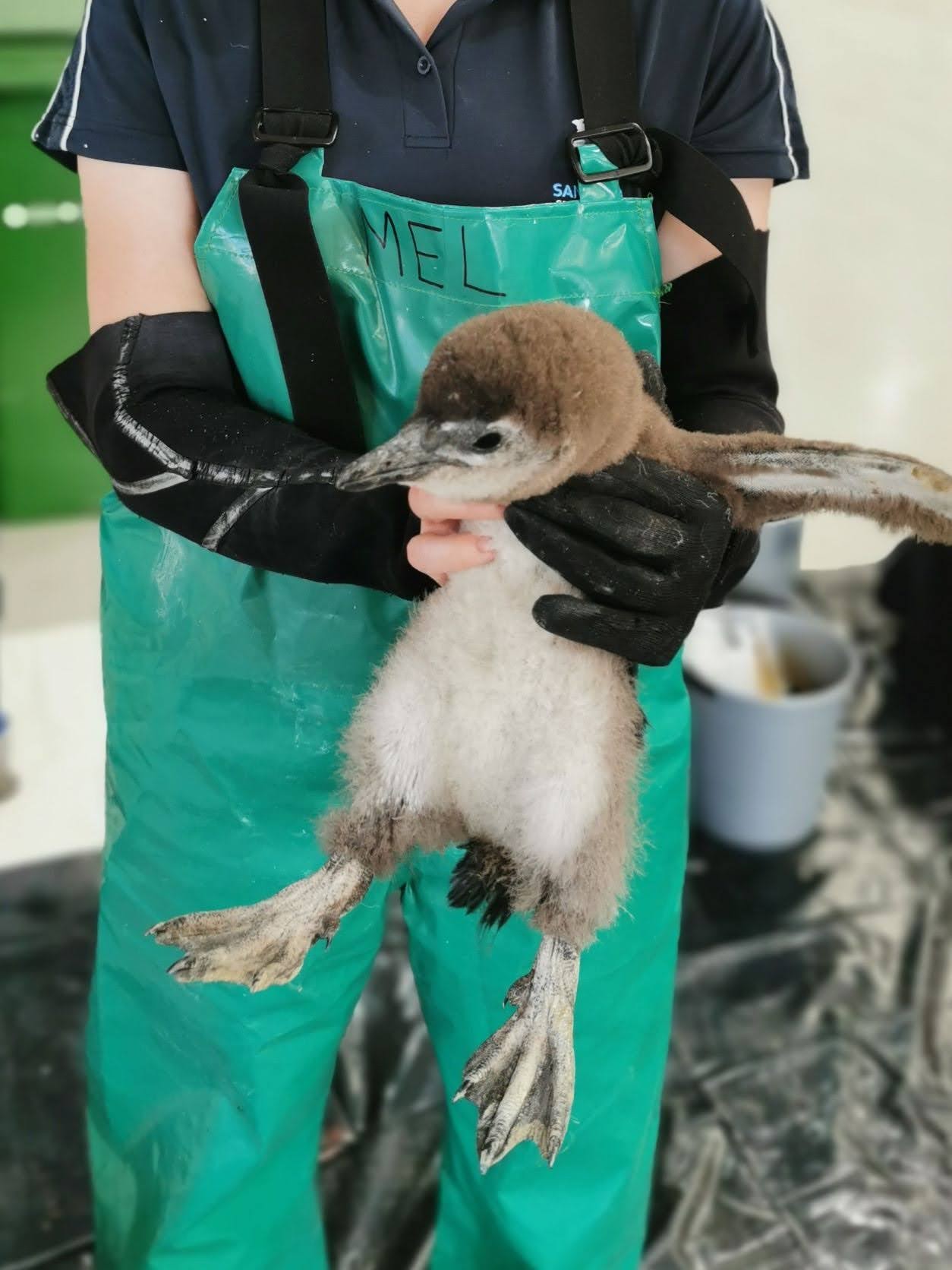2022
The Southern African Foundation for the Conservation of Coastal Birds (SANCCOB) is a non-profit organisation in South Africa, working to reverse the decline of seabirds; the endangered African penguin that is endemic to the African continent is the flagship species of focus. Established in 1968, SANCCOB has responded to every major oil spill along the southern African coastline and carries out mass rescue operations to conserve seabird species. In partnership with conservation authorities and global funders, SANCCOB rescues and rehabilitates seabirds affected by injury, illness, oiling or abandonment and releases them back to wild to bolster the wild population of birds. 
The organisation operates from two seabird centres strategically placed in Cape Town (Western Cape) and Gqeberha (Eastern Cape) and treats more than 2,000 seabirds each year of which 50% are African penguins. Other seabirds treated on a regular basis include various cormorant species; terns; pelagic birds such as albatrosses and petrels; oystercatchers, gulls, pelicans and other coastal seabirds that are found in the region. On average, SANCCOB admits 34 different seabird species for rehabilitation per year and has admitted more than 50 seabird species in its history.
2011-2013
The alarming 75% decline in the penguin population on South Africa’s Robben Island has prompted some acute measures. By the way, it is not a local phenomenon. In its entire range along the South African coast, the blackfooted penguin has declined significantly in numbers over the past decades.

Blackfooted penguins always get their food from a certain area where the food density is high. Close to that area they have the place where they lay eggs and where the chicks hatch. Due to climate change, the area where they get their food has moved; it is now a lot further away from the nesting site. Because the new feeding area is not suitable for breeding, the distance between food and laid eggs has become a lot longer. As a result, penguins that normally alternate breeding and eating will not return to their eggs after eating because the distance is too far. As a result, many eggs and chicks are left behind.
In 2011, 5 young hand-reared penguins were equipped with a radio transmitter and released. The goal is to gain insight in the behavior and movements of young penguins. The question is if they will return to the colonies they came from or if they will look for a new colony.
Photo’s – SANCCOB
